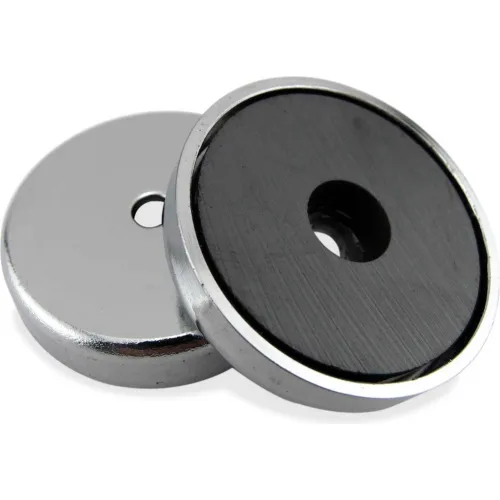Equipment is built or constructed as well, but you need to use NEC definition of equipment and not the general definition, take another look at that definition it says "used as a part of, or in connection with, an electrical installation". So the metal duct that is not part of the electrical installation is not "equipment" from NEC perspective. As I mentioned earlier there could be other codes that also apply to this that would prohibit foreign objects being attached to this, there just is no violation of NEC going on here.
Yes, equipment is "built or constructed" as well and that created some overlap between "equipment" and "structure" in previous editions of the code. But that's why I was bringing up the 2017 code change to the definition of a "structure" to NOT include "equipment." So
we can now confidently conclude that "equipment," as defined by the NEC, is EXCLUDED from the NEC definition of a "structure."
So the next step is to look at the NEC definition of "equipment" to confirm what exactly is excluded from the definition of a "structure." Should HVAC duct NOT be excluded from the definition of a "structure" by NOT meeting the definition of "equipment," YES.. I suppose you could argue that the duct now meets the definition of a "structure" as it most certainly is "built or constructed." However, this is conditional upon an HVAC duct NOT meeting the definition of "equipment."
So, let's look at the definition of equipment. As you correctly point out, the NEC definition of "equipment" is that which is "...used as a part of, or in connection with, an electrical installation."
Based on that PARTIAL definition of "equipment" alone, I would argue that an HVAC duct IS in fact "used as a part of, or in connection with, an electrical installation," DOES meet the definition of "equipment," and thus is NOT a "structure."
But let's say that leaves you unconvinced. You've only provided a portion of the definition of "equipment." The complete definition is as follows:
Equipment. A general term, including fittings, devices,
appliances, luminaires,
apparatus,
machinery,
and the like used as a part of, or in connection with, an electrical installation.
Is that which powers the movement of air not an "appliance" per the NEC definition of an "appliance" as "utilization equipment?" Thus, the HVAC duct could be considered an "appliance" as it is intrinsically part of something that IS "utilization equipment," thus making the HVAC duct meet the definition of "equipment" and therefore be excluded from the definition of a "structure."
But let's say you're STILL unconvinced and want to argue that the "utilization" is not performed in the duct itself. *headdesk* There is more to make the case for HVAC duct being "equipment."
The NEC doesn't define "apparatus" or "machinery" and so the only logical thing to do is to use the socially agreed upon terminology (i.e. that which is in the dictionary) outside of the NEC.
Merriam-Webster defines an "
apparatus" as (a) "a set of materials or equipment designed for a particular use," and (c) "an instrument or appliance designed for a specific operation." So I would argue that the HVAC duct is part of an "apparatus," further qualifying it as "equipment," and thus NOT a "structure."
Besides all of the above, there's the "common sense" argument to be made. If you're searching for HVAC supplies... are you more likely to call them "HVAC equipment" or "HVAC structure?"
Ultimately there are MULTIPLE logical arguments to be made that an HVAC duct IS in fact "equipment" and thus NOT a "structure," but ultimately, as I previously posted, it is only relevant if there is something in the code that EITHER (1) RESTRICTS the OP's installation from being "secured and supported" by equipment AND/OR (2) REQUIRES the OP's installation to be "secured and supported" by the "structure."
It's your typical semantic debate that we seem to love, lol. IMO, all of the above dictates that an HVAC duct is "equipment" and NOT a "structure."

www.globalindustrial.com


